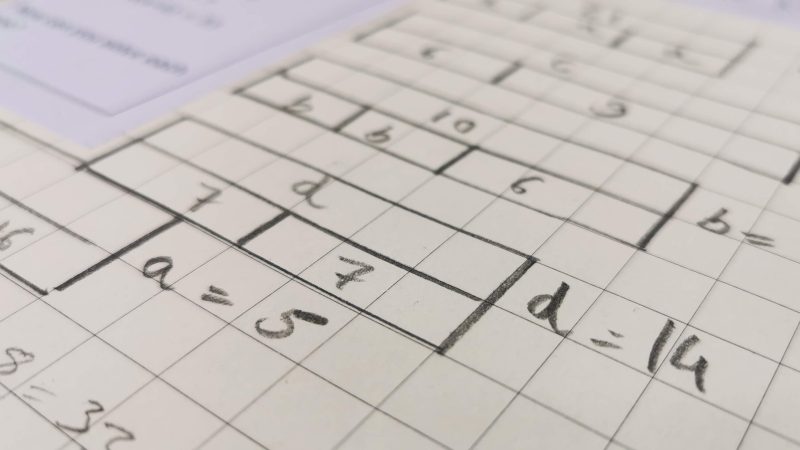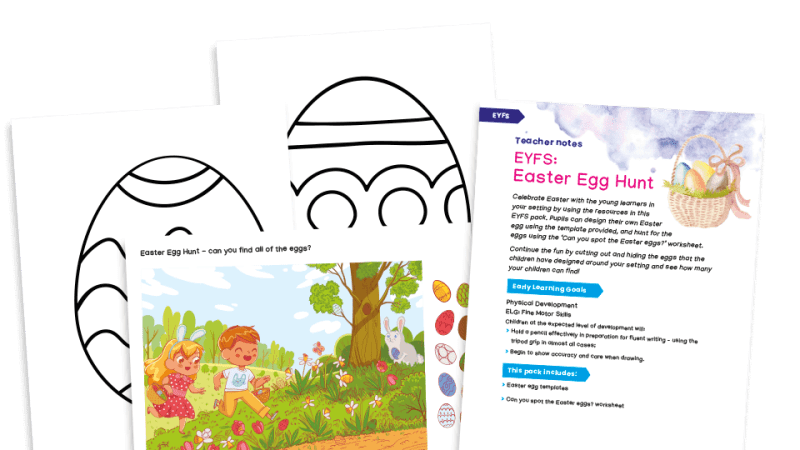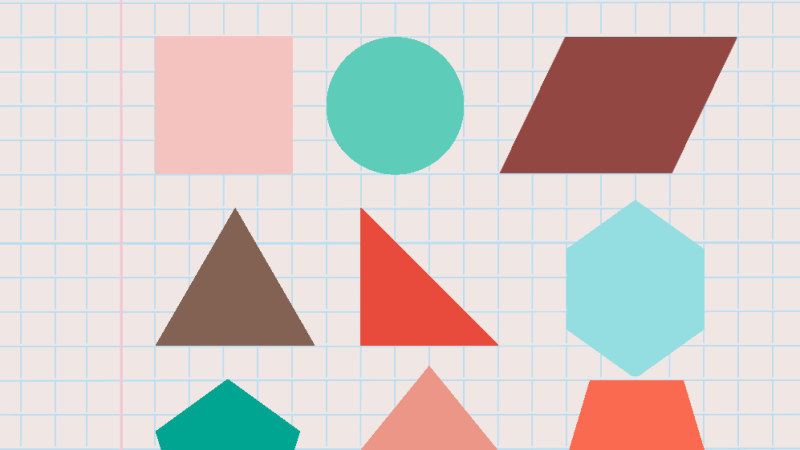6 games for pupils with dyscalculia
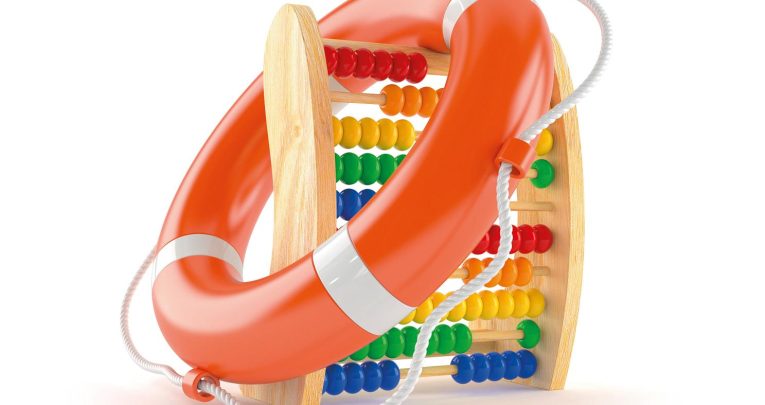
Pupils with dyscalculia aren’t simply ‘bad at maths’, says Judy Hornigold – and games like these can help them develop in the specific areas where they struggle…
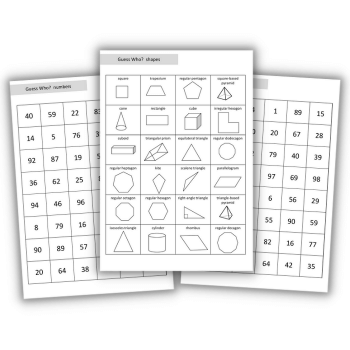
It is thought that around 6% of the population have dyscalculia, a similar percentage to that for dyslexia.
Given that this is roughly 1 in 20 people, you are likely to find at least one learner with dyscalculia in every classroom, with boys and girls being affected equally.
The following games are some of the best I’ve found for engaging, developing and supporting these students – and can also benefit learners who struggle with maths for other reasons, including dyslexia:
1 | The Staircase Game
Aim
To develop an understanding of the sequence of numbers from 1 to 10.
You will need
Cuisenaire rods 1-10, one of each colour; a 1-10 die.
How to play
Two players take it in turn to roll the dice and place the corresponding Cuisenaire rod on the table to create the 1-10 number sequence.
If your number is repeated when the die is thrown you miss your turn.
So, if player one throws a 2 they will place the red rod on the table. If player two throws a 7, they have to decide how far to the right of the 2 to place the rod in order to make a Cuisenaire Staircase.
2 | Clear the Deck
Aim
To develop instant recall of number bonds to ten. This game is useful at the beginning of a lesson as a warm-up activity, or at the end for revision or consolidation.
You will need
Four sets of digit cards from 1 to 9.
How to play
Shuffle the cards and place them face up on the table in three rows of four.
Players take it in turns to pick up pairs of cards that add up to 10.
The gaps that are left are then filled with cards from the remaining pack.
The idea is to take it in turns and spot the pairs that make 10 as quickly as possible.
3 | Estimation Game
Aim
Dyscalculic learners find it hard to appreciate and compare magnitude in number and this is a motivating and multi-sensory way to help them do it. It requires visualisation, too; another key skill for them to develop.
You will need
10 dried beans/buttons/ glass nuggets; a box to use as a shaker.
How to play
Without letting the pupil see, place a small number of the beans/buttons/glass nuggets in an opaque box with a lid.
Shake the box and ask the pupil to guess how many items are in it.
Then empty the contents onto the table and count the items to see how close the guess was.
Encourage the child to place the items in a line.
Repeat with smaller and larger numbers of items.
4 | Ten-frame Game
Aim
To develop conservation of number through reorganising number formation on a ten-frame. The game builds a strong visual image of numbers and helps visualise bonds to ten by showing both spaces and filled squares in each arrangement of dots.
You will need
Ten ten-frames with each dot arrangement from 1-10; a blank ten-frame; counters to place on the ten-frame.
How to play
Pick a ten-frame card at random and show it to the pupil for five seconds.
Then remove it and ask them to reproduce the image on their blank ten-frame using the counters.
Can they tell you how many counters there are? Can they tell you how many spaces there are? Can they make a number story linking the two?
5 | The Nasty Game
Aim
To develop an understanding of place value. To make the largest four-digit number from rolling a 0-9 dice four times.
You will need
A thousands/hundreds/tens/units grid for each player, and a 0-9 die.
How to play
This game is for two players. They take it in turns to roll the die and write the number in their opponent’s grid until each player has generated a four-digit number.
The ‘nasty’ element is that because you are completing your opponent’s grid and not your own, the focus is on getting your opponent to lose.
So, if you throw a 1 you would place it in your opponent’s thousands column, whereas a 9 would go in their units column.
6 | Trains
Aim
To develop estimation and mental arithmetic skills. This makes a good starter activity, requiring visualisation, prediction, estimation and mental calculation.
You will need
One Cuisenaire rod of each length between 1 and 10.
How to play
This is a game for two players. Decide who goes first and choose a ‘distance’ between 11 and 55.
Let’s use 25 as an example. The aim is to make a ‘train’ that is exactly 25 long.
Each player in turn puts down a Cuisenaire rod, laying them end to end to create a single train.
The person who puts down the last rod to make 25 exactly, wins.
If a player puts down a rod that makes the train longer than 25, the opponent wins.
Judy Hornigold is an independent educational consultant specialising in dyscalculia and dyslexia. She is the author of The Dyscalculia Pocketbook (one of 40 titles in the Teachers’ Pocketbooks series, available at £9.99 each from teacherspocketbooks.co.uk), from which this feature has been adapted, with permission. Browse more maths games KS1 ideas and maths games KS2 ideas.







